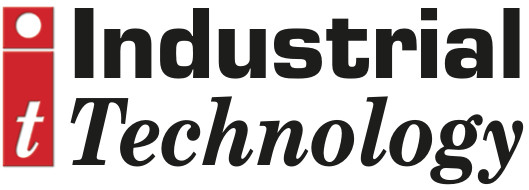
Posted to News on 6th Jun 2024, 13:30
Precision Racks with twice the holes
Did you know that gear racks were originally used to place objects at different heights? For example, they were used in kitchens to perfectly position pots over fireplaces. As industrialisation progressed, the gear rack became far more important as a machine element and found its way into mechanical engineering.

(See STOBER Drives at Machine Building North, 10 April 2025, on stand 55)
Today, rack and pinion drives convert the rotary movements of gear units or motors into linear movements, or vice versa. The drive itself consists of a gear rack and its counterpart, the pinion. When the pinion is turned, the gear rack moves along its longitudinal axis, resulting in linear motion.
The challenge: improving positioning performance
Gear racks must not move out of place when forces are applied by the pinions. The holding force of the screw fastenings counteracts this. In addition, gear racks are usually mounted with dowel pins at both ends of the racks and this process requires considerable effort. To ensure that the position is exactly right, the bores for the dowel pins must be made and then reworked with a reamer directly on the machine in the bolted-on state. This is extremely demanding, time-consuming work, and creates swarf.
The solution: double bores
STOBER's new precision gear racks with twice the bore holes eliminate the need for time-consuming doweling. The contact pressure on the machine body is doubled: instead of every 125 millimetres as is standard, gear racks are fastened again after just 62.5 millimetres. Although time-consuming doweling is not required, it remains an option thanks to the existing holes.
Figures. Data. Facts.
STOBER's precision gear racks are available in various lengths and modules, for the highest demands on smooth operation and positioning accuracy.
- Module: 2 - 6
- Max. feed force: 12.6-83.1 kN
- Helical, hardened and ground
- Gearing quality 6 in accordance with DIN 3962-1
- Length: 500 mm, 1000 mm
Consistent system concept
From high flexibility to high force, we've got everything covered. STOBER's innovative concept for rack and pinion drives, combined with planetary or helical bevel gear units and directly mounted servo motors, offers a perfectly coordinated system that can be flexibly adapted to a wide range of requirements in terms of load capacity and precision. STOBER says it is ideal for applications in machine tools or automation and robotics and will provide the extra safety you demand against possible shifting.
Centrix House
Upper Keys Business Village, Keys Park Road
Hednesford
WS12 2HA
UNITED KINGDOM
+44 (0)1543 458 858









